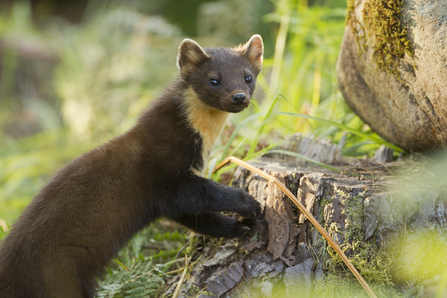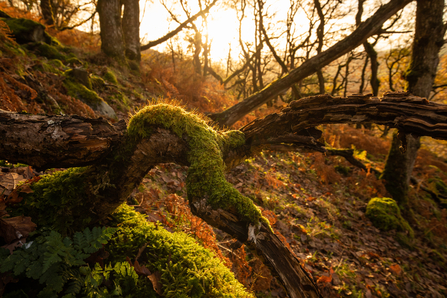The Isle of Man and North Wales are the first places where The Wildlife Trusts will begin restoring and expanding rainforests across the British Isles, following a donation of £38 million from Aviva.
British rainforests have been largely destroyed over hundreds of years and now cover less than 1% of Britain. The restoration of this precious habitat is part of a wider programme of nature-based projects funded by Aviva to remove carbon from the atmosphere and to help nature recover.
Local communities will be closely involved in rainforest projects and will benefit from increased access to nature, volunteering, educational and employment opportunities. Rainforest recovery will also provide cleaner air and water and reduced risk from flooding.
The ambitious programme will see temperate rainforests restored and expanded in areas where they used to grow along the damper, western climes of the British Isles. The first two sites are Creg y Cowin in the Isle of Man and Bryn Ifan in North Wales.


